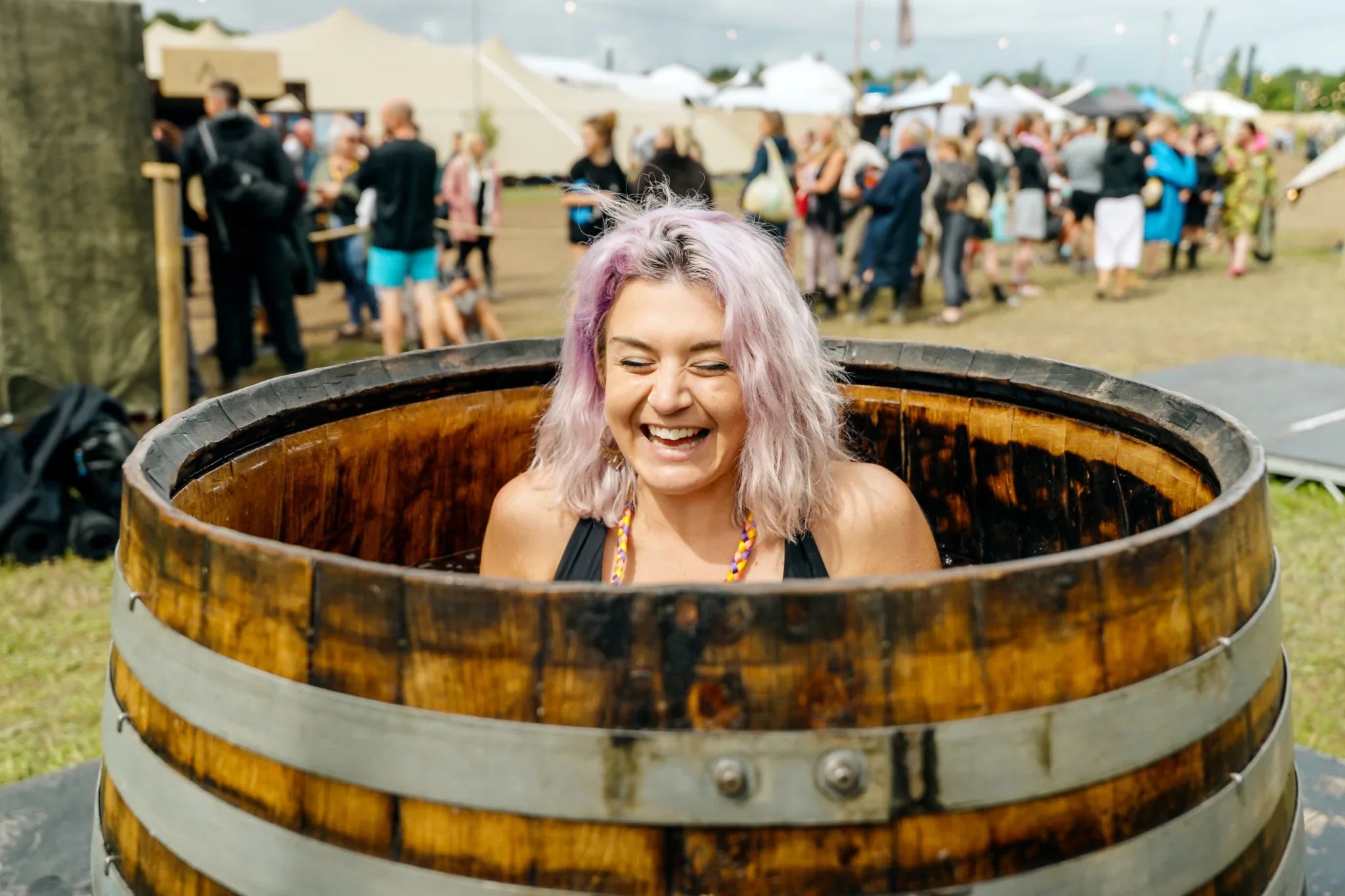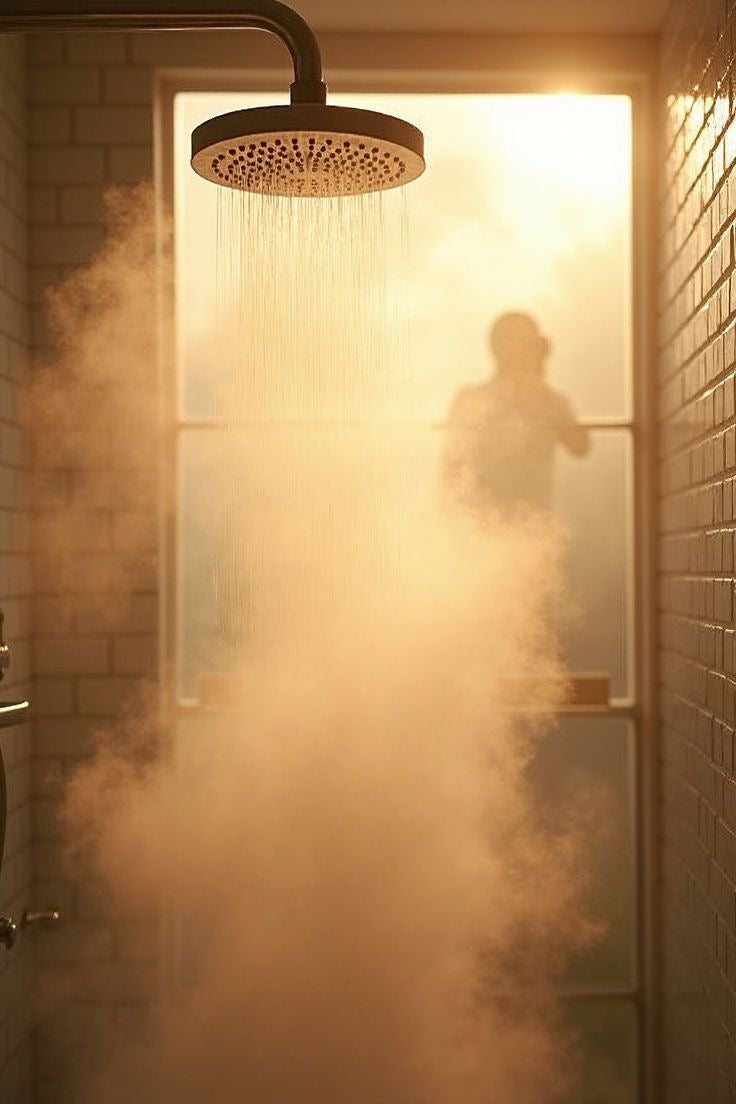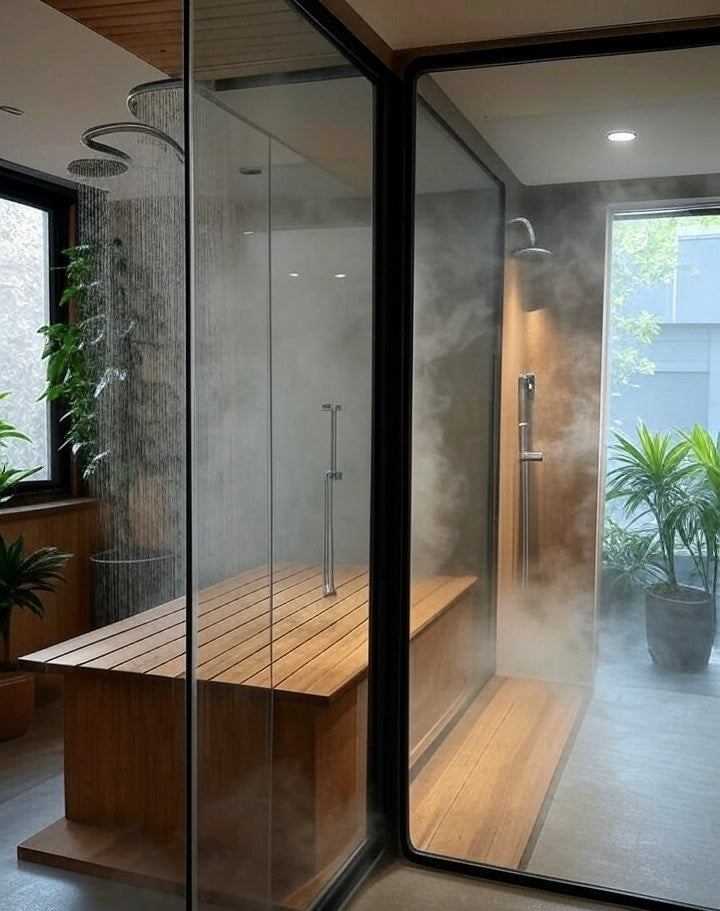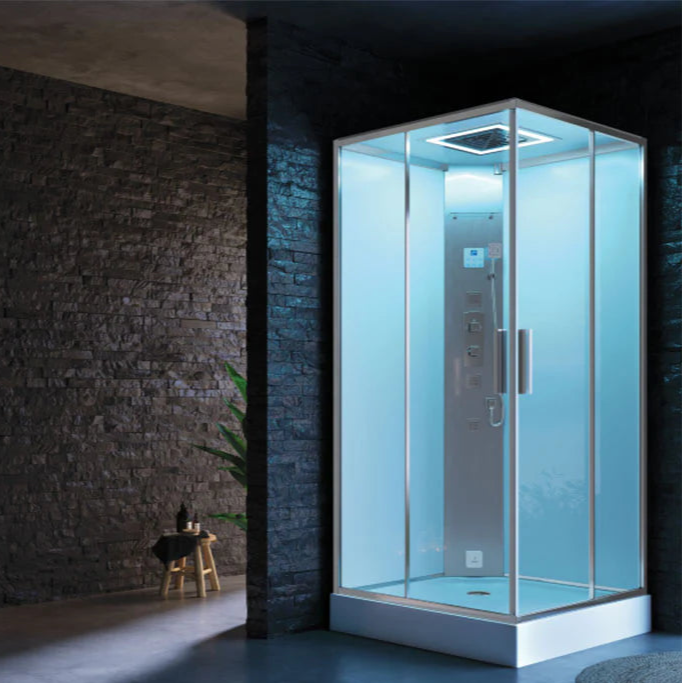Ever wondered how a few minutes in icy water could make you feel more alive, sharper, and healthier? Cold plunge therapy is taking the wellness world by storm — and for good reason. Let’s explore how cold plunge works, the science behind it, and the many cold immersion benefits you might not expect.

Understanding Cold Plunge Therapy: The Basics
What Exactly is Cold Plunge Therapy?
Defining Cold Water Immersion
Cold plunge therapy involves immersing your body in cold water, usually between 10°C and 15°C, for a short time.
This method, also called cold water immersion, is a form of cold exposure therapy that supports physical recovery and mental clarity. It’s used by athletes, wellness enthusiasts, and everyday people seeking natural health boosts.
Plunges can be done in purpose-built tubs, at-home ice baths, or even cold rivers and seas.
The Science Behind the Chill (Physiological Responses)
When you enter cold water, your body experiences a mild stress response.
Blood vessels narrow to protect your core temperature. Your system releases adrenaline and norepinephrine, increasing alertness.
Breathing may speed up, and blood is redirected to your organs. These effects all play a role in the benefits of cold plunge therapy.
Harnessing the Benefits: Why Cold Plunging Transforms Health
Unlocking Physical & Mental Advantages
Accelerated Muscle Recovery and Reduced Inflammation
Cold water helps ease swelling and muscle soreness. This makes it a popular recovery tool for athletes and gym-goers.
The cold reduces inflammation and supports faster repair of microtears in muscles. It's ideal after intense workouts or long physical days.
Boosting Circulation and Metabolic Health
As your body responds to the cold, blood vessels tighten and then reopen after exiting the plunge.
This process improves overall circulation. It may also stimulate brown fat, which plays a role in fat burning and metabolic health.
Enhancing Mood and Mental Resilience
Exposure to cold water triggers a release of dopamine and endorphins. These chemicals support a better mood and stronger focus.
Over time, regular plunging helps train your nervous system to manage stress better.
It’s an excellent way to build mental resilience.
Improving Sleep Quality and Stress Management
Cold plunging may lower cortisol, the body's main stress hormone.
This can lead to better quality sleep and improved emotional balance. Many people report feeling calmer and sleeping deeper after regular use.
Your Cold Plunge Journey: Techniques, Safety, and Routine

Preparing for Your Plunge: Essential Steps
Optimal Temperatures and Durations for Beginners
For beginners, a temperature between 10°C and 15°C is recommended.
Start with 1–3 minutes. As your comfort grows, slowly extend your time.
Never push through pain or intense discomfort.
Mastering Breathwork for a Calm Experience
Breathing is key to managing the cold. Focus on slow inhales through the nose and controlled exhales through the mouth.
This calms your system and reduces the initial shock response. It also helps you stay present and in control.
Setting Up Your Cold Plunge (DIY vs. Professional)
You can start at home with a clean tub and some ice.
More serious users may choose a professional plunge with temperature controls and filtration.
Choose the setup that matches your goals and budget.
Safety First: Mitigating Risks and Knowing When to Avoid
Understanding Cold Shock and Hypothermia
The first shock response includes gasping and fast breathing.
This usually fades within 30 seconds. Always enter slowly and breathe deeply to regain control.
Overexposure can lead to hypothermia, so always time your sessions.
Important Health Considerations and Contraindications
Cold plunging isn’t suitable for everyone.
Those with heart conditions, circulation issues, or unmanaged high blood pressure should check with a healthcare professional first.
Listen to your body and take medical advice seriously.
Key Safety Tips for Every Session
-
Don’t plunge alone
-
Avoid alcohol before sessions
-
Warm up slowly afterwards
-
Stop if you feel dizzy or numb
-
Keep sessions short and focused
Building a Sustainable Cold Plunge Routine
Consistency and Frequency for Lasting Results
You don’t need to plunge daily to see benefits.
Three to four sessions per week is often enough for physical and mental improvements.
Routine is key to long-term success.
Post-Plunge Recovery: Warming Up Gradually
Skip the hot shower straight away. Instead, warm up with movement, layers, or a blanket.
This helps your body adjust naturally without sudden temperature shifts.
Complementary Therapies (e.g., Sauna, Contrast Therapy)
Pairing cold plunges with heat (like a sauna) enhances results.
This contrast boosts circulation, reduces muscle tension, and improves relaxation.
Many people enjoy using both as part of their recovery ritual.
Takeaways
-
Cold plunge therapy taps into your body’s natural recovery and stress systems.
-
Even short dips provide lasting physical and mental benefits.
-
Cold exposure therapy improves mood, boosts circulation, and supports better sleep.
-
Start safely, breathe calmly, and build your routine gradually.
Conclusion
You don’t have to be an athlete to benefit from cold water. With the right setup and a consistent routine, cold plunge health benefits are within reach for anyone.
Whether it’s for energy, recovery, or resilience — the cold could be your secret edge. Ready to take the plunge?






